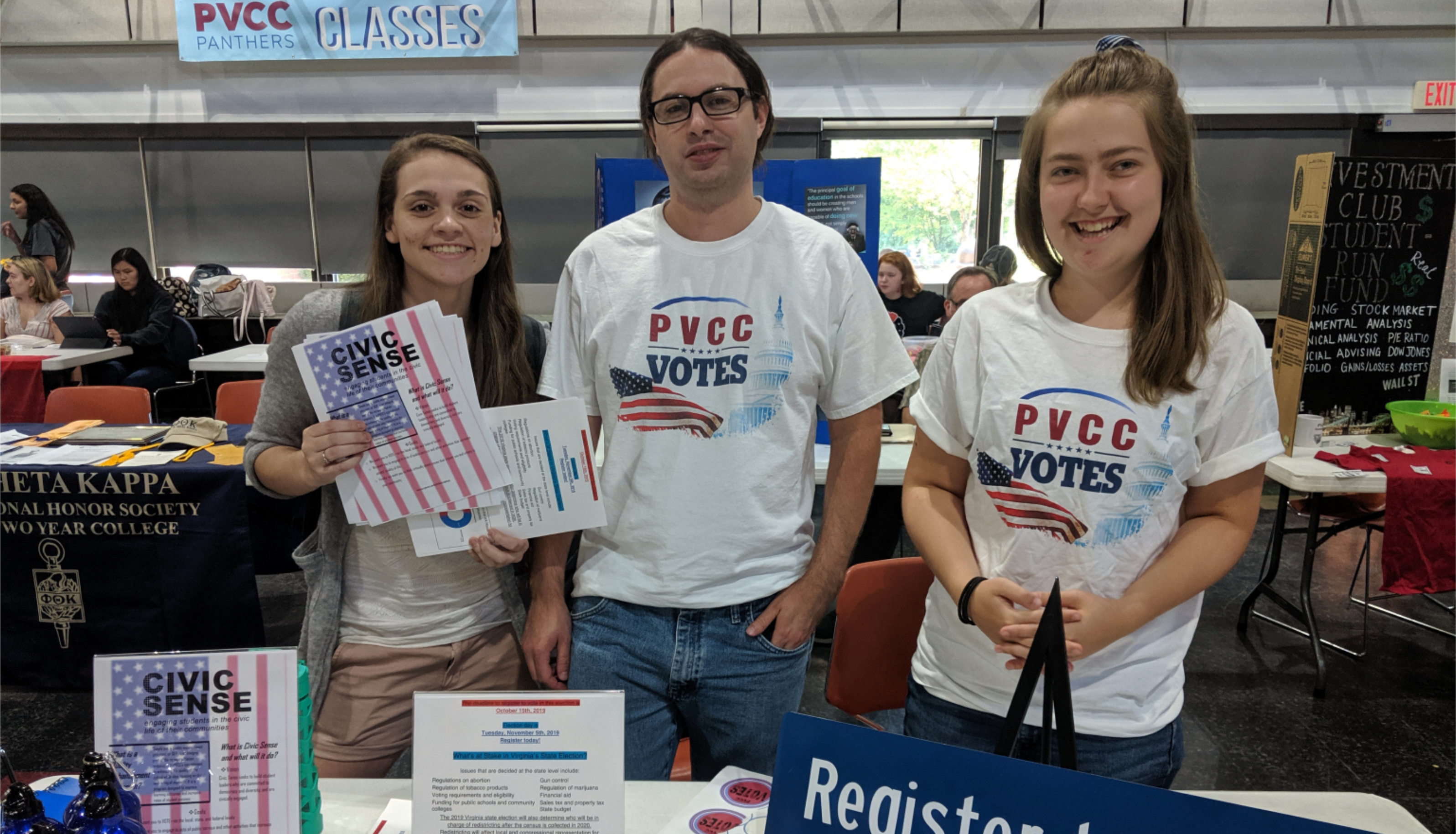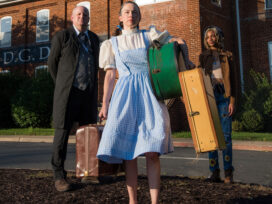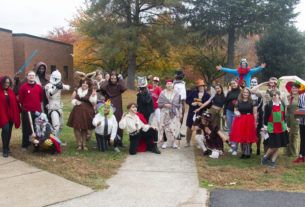
PVCC Ranks in Top 80 for Student Voting
Cody Clark, assistant editor
Historically, college students have been inactive voters. However, according to the National Study of Learning, Voting and Engagement’s (NSLVE) “Democracy Counts 2018” report, student voters have been increasing since 2014. The national average in 2018 was 39.1 percent up from 19.7 percent in 2014. PVCC, however, had a 50.8 percent student voting rate in 2018. Because of this high voter turnout, Washington Monthly listed PVCC as one of the top 80 colleges for student voting in 2019.
In the NSLVE report about PVCC, demographics are shown in greater detail. The report shows that the greatest change was voters between 22 to 24 years old with an increase of 32.9 percent. Voters aged 18 to 20, 25 to 29, and 30 to 39 also had increases of over 20 percent. Students over the age of 40 saw the lowest percentage of growth at 17 percent.
When asked about what has caused this change in PVCC’s students voting habits Assistant Professor of Political Science and Civic Engagement Coordinator Connie Jorgensen said that it was due to the Civic Engagement’s voter outreach.
Jorgensen also believes students get more involved when they see their peers involved and excited. The nonpartisan voting guide created by the collaboration between the Forum and Jorgensen’s political science students has also helped. Jorgensen said its objective is to “try to make the election visible.”
“It’s only at 50 percent,” added Jorgensen, insinuating that the rate could get even higher.
When voting, there is always a chance the candidate you voted for could lose by a substantial amount. Some may wonder if their vote even matters in situations like this. On this subject Jorgensen said,
“Even if you lose you made a statement.” Jorgensen also described an instance where one vote would have made all the difference in Virginia when the 2018 Virginia House of Delegates election was tied, and the winning candidate was decided by pulling a candidate’s name from a bowl.







